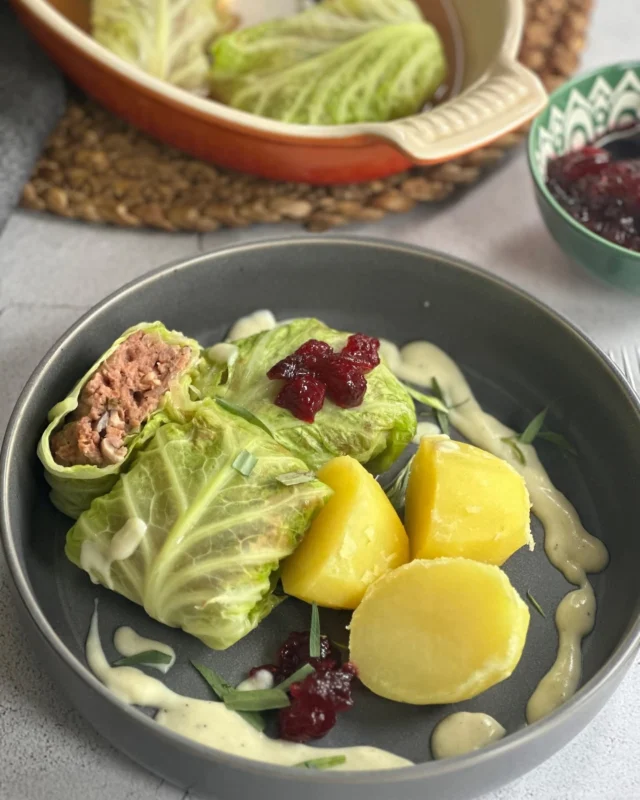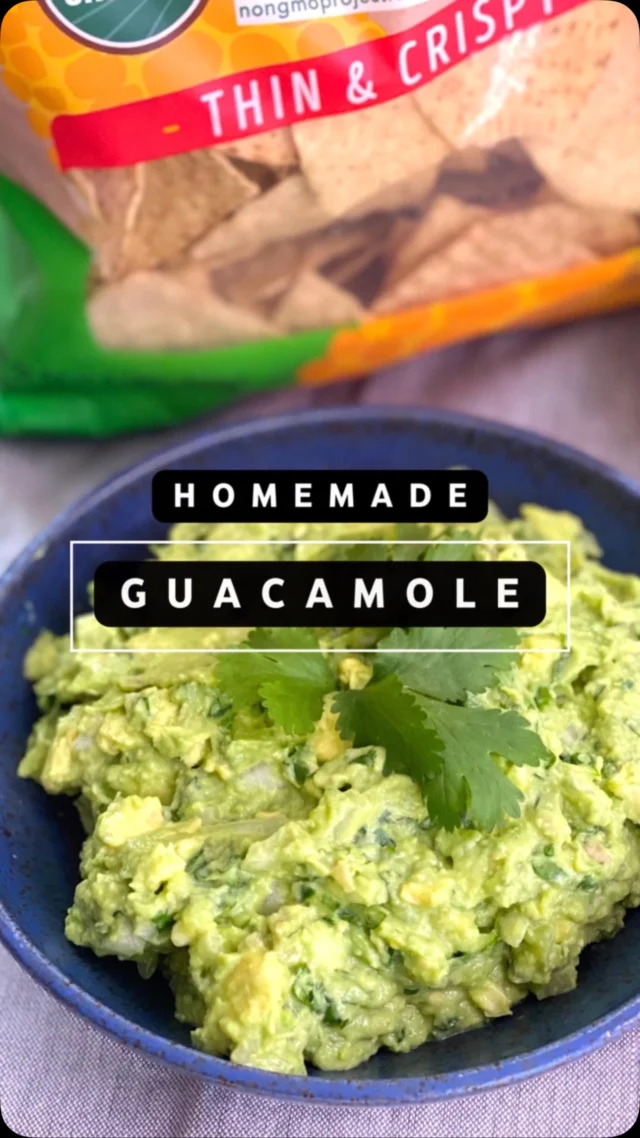What would Norwegian food be without dill? The mere smell of dill sends me right back to the kitchen and garden of my home in Sykkylven, in north western Norway. There is something so pure, vibrant and satisfying about this fresh herb, I suppose one has to be Scandinavian to truly appreciate all of its glory, as the flavors and aroma of this wonderful herb does not just remind me of food and my mother’s kitchen, but of life in the fjords.

Dill is used frequently in cooking in northern, central and eastern Europe, but less so in southern Europe. Dill originated in Central Asia, and its name stems from the English word “dile”, which again has its roots from the norse word “dilla” or “dylle”, which means to calm down. Tea made from dill, for example, has a calming effect, and has been used to battle insomnia, and the oil from the dill seeds calms and stabilizes the stomach. Dill has been used as food, medicine and a sorcery herb since the old times. During the middle Ages, people thought dill had magical effects, and was used in love potions and as an aphrodisiac. During weddings, the bride was to put dill seeds in her shoes, and the groom carry them in his pocket, as this would then lead to a happy wedding. Dill would also be used to help ease the pain of contractions during child birth and combat colic. Pretty powerful and diverse herb, right?!
Below is a photo of some beautiful crown dill (my favorite) – great for decorating dishes!

Whether dill is used to pickle cucumbers or beets, added to sauerkraut, aquavit or added to cheese, it adds a distinct taste to dishes that can only be from the Nordic countries.
Here’s an example of a super simple dish using dill; crushed potatoes with lemon and dill and lots of cracked pepper (image from bama.no):

Dill is of course the star player in dishes such as cold poached salmon, herring, gravlax and mustard sauce, in salad, potato dishes, dressings, breads and with shellfish, but since I have chosen to live plant based I wanted to showcase a dish without animal products. I was inspired to make a recipe from Isa Chandra Moskowitz’ book “Isa Does It” where dill is the star. Isa is a brilliant vegan chef and her recipes are some of the best I’ve ever tested, plant based/vegan or not, and highly recommend checking out her work!
This is an incredibly flavorful stew with a roux base (flour and olive oil cooked with vegetable broth to make a thick, creamy sauce), with lovely rosemary dumplings cooked with white beans, potatoes (another Norwegian staple), carrots and onions. While not necessarily 100% Norwegian (this might remind you of a plant based version of chicken and dumplings!) you will certainly be reminded of my country’s flavor profile when biting into these delightful dumplings and sipping on the wonderful, dill flavored sauce. This was yet another hit in my house with my meat eating family members! Hearty, yet not so rich you feel like taking a nap afterwards! 🙂

DILL FLAVORED STEW WITH ROSEMARY DUMPLINGS
adapted from Isa Chandra Moskowitz’ “Isa Does It” cookbook
For the stew:
3 tbsp olive oil
1/4 cup all purpose flour
1 medium sweet Vidalia onion, quartered and thinly sliced
1 tsp kosher salt
3 cloves garlic, minced
6 cups vegetable broth, at room temperature
2 ribs celery, sliced 1/4 inch thick
1 1/2 lbs Yukon gold potatoes, cut into 3/4 inch chunks
1 cup carrots, peeled and sliced into 1-inch half moons
2 tbsp chopped fresh dill (or more!)
1 tbsp chopped fresh thyme
1/2 tsp sweet paprika
generous pinch of ground black pepper
1 x 15 oz can navy beans, rinsed and drained (About 1 1/2 cups)
For the Dumplings:
1 1/2 cups all purpose flour
2 tbsp baking powder
1 tsp salt
1 tbsp fresh or dried rosemary, finely chopped
3/4 cup unsweetened almond milk (or other non dairy milk of your choice)
2 tbsp olive oil
Prepare the Stew:
First make the low-fat roux. Preheat a large, heavy bottomed pot over medium- low heat. Add the oil and sprinkle in the flour. Use a slanted wooden spatula to stir consistently for about 3 minutes, until flour is clumpy and toasty.

Add the onion and salt, and toss to coat the onions completely in the flour mixture. Cook for 5 minutes, stirring often. Add the garlic and stir for about 30 more seconds.
Stream in the broth slowly, whisking constantly to prevent clumping. Add the celery, potatoes, carrots, dill, thyme, paprika and black pepper, then turn the heat up and cover to bring to a boil. Stir often so it doesn’t clump or boil over.


Once boiling, lower the heat to a simmer and let cook uncovered for 20 to 25 minutes, stirring occasionally, until the stew is nicely thickened and the potatoes and carrots are tender. In the meantime, prepare the dumplings.
Prepare the Dumplings:
Sift the flour, baking powder, and slat together in a large bowl. Mix in the rosemary. Make a well in the center and add the milk and olive oil. Use a wooden spoon to mix together until a wet dough forms.
When the stew is ready, mix in the beans and plop spoonfuls of dough right on top of the stew. You should get about 14 dumplings.

Cover the pot tightly and cook for about 14 more minutes. The dumplings should be nice and firm. Use your ladle to dunk them into the stew to coat them.
Ladle the stew into bowls, and top with the dumplings. Garnish with additional dill and serve.



Dill; A Taste of Norway

12 Comments
Trackbacks/Pingbacks
- Grønnsakssuppe med klot (melboller) • Green Bonanza - […] hadde Sunny, eller Synnøve som hun egentlig heter, sunnmøringen som er utvandret til New York, laget nettopp grønnsakssuppe med…
Leave a Reply to TidiousTed Cancel reply
SEARCH
Browse by Category
Baked Goods & Desserts
Breakfast
Culture & History
Drinks
Main Dishes
Wine







Oh, MY that looks good! Thanks for posting–dumplings in stew are right up my alley. 🙂
Thank you, Karen – dare I say you won’t be disappointed at this! Super simple to make and it’s really flavorful!! Enjoy!! 🙂
Life would not be the same without dill 😉
Dill can really polarise people, like coriander. I love both and have been eating a lot more dill lately – in salads, with salmon and with soup. I find the feathery fronds so beautiful. Great recipe Sunny!
The stew looks wonderful I will be making it when my dill is ready in the garden but will be awhile since I live in Spokane Wa. I would love to know where to get a Lefse grill your Mom was using. Th only ones I have seen are from Bethany Housewares & and this one looks so much better.
Thank you,
Joan Bjordahl
Hello Joan, and many thanks for your comment! The grill my mom was using is unfortunately not available in the U.S. (believe me I have tried). I have tried, and know of many others who have too, to import a griddle from Norway such as this and convert the electricity. It’s not enough to change the outlet but the entire inside of the griddle has to be switched out which is incredibly expensive, as the wattage just doesn’t translate in that the griddle doesn’t get as hot here as it would if used in Norway…. It’s one of my biggest sorrows about living here, because it’s the only thing I can’t recreate 100% in the U.S.! Sorry that I couldn’t be of more help, but I do have experience in trying to solve this problem! You can still make good lefse though with the griddles they sell here, so all hope is not lost! 🙂 Thanks again for visiting me here, I hope you keep checking back, I love to hear fom you! Sunny
I am a big dill fan myself! Your stew looks amazing! I must maize this recipe soon! Promise!
A few posts ago I made a winter vegetable coffee stew with home-made vegan cheddar cheese dumplings! I know that you will love this too! https://sophiesfoodiefiles.wordpress.com/2015/03/18/vegan-vegetable-coffee-stew-with-home-made-vegan-cheesy-dumplings/
Thanks Sophie, I think you will like this stew, and I’m really excited to try yours too now! thanks for posting! Hope all is well with you! xoxo
All is well! x Come on over @ my blog! I miss you there! x
Thanks, Sophie – I apologize I have been absent, a lot of changes going on in my life (good things!) so have been strapped for time… I really do love your blog and promise to visit more often!! xoxoxox
I made your divine stew & loved it so much! It was fabulous in flavour! 😊😊
That is so awesome to hear, Sophie!! Yay!! Thank you! xox